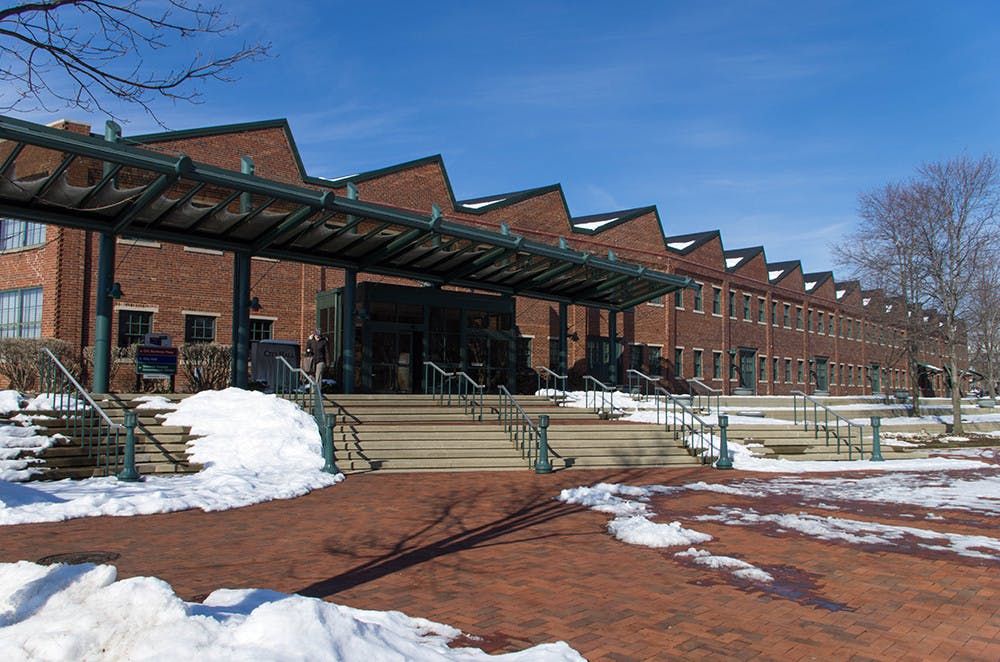The Bloomington City Council met Wednesday to discuss funding for the Trades District Tech Center and the formation of a regional climate alliance.
Although the council was slated to discuss the potential removal of Greg Alexander from the Traffic Commission today, it was never brought up and no explanation was given for why. Two weeks ago, the council had postponed the matter for today’s meeting and included Alexander’s response in the legislative packet.
After postponing a vote on the matter last week, the council continued debate over appropriating money for the Trades District Tech Center.
The Tech Center would be a sustainably designed building located at the southwest corner of Maker Way and Madison Street. The Center would offer office and meeting spaces and aims to help the Trades District become a hub for technology-focused businesses in the region.
The matter was postponed partly due to Councilmember Stephen Volan’s request for more information about why Tax Increment Financing District funds weren’t being used for the project. A TIF district is an area where part of the taxes go to fund economic development in the area.
Cheryl Gilliland from the Controller’s Office was able to answer Volan’s question about how much money was in the TIF — about $26 million — but couldn’t say why the city chose to pursue Community Revitalization Enhancement District funding instead of TIF.
[Related: Traffic Commission member responds to motion for his removal]
CRED districts are tax allocation areas where part of the county option income tax and state retail tax, use tax and income taxes in the district are given to a municipality for the purposes of economic development.
Volan said he was concerned with the use of CRED funds for the Tech Center because the funds were originally intended to be spent on the district where the money was generated. However, the two CRED districts — the Downtown CRED and Thomson CRED — expired several years ago, which means the money doesn’t need to be spent in specific locations anymore.
Volan asked why the city did not try to spend more money on the district prior to expiration, but Alex Crowley, director of economic and sustainable development, said there weren’t many proposals at the time.
Volan expressed frustration that no one could answer his questions and said the lack of transparency from the city with these funds had caught the council off-guard. While the data was publicly available, there was not a specific report about how CRED district funds were being used while it was active.
Volan said the last substantial CRED expenditure was made before 2010.
[Related: Upcoming construction projects scheduled in the Bloomington area]
“There’s a reason there’s no CRED report,” Volan said. “Because it would have been empty year after year.”
He said he supports the project but had to abstain from voting due to the lack of transparency.
The ordinance received near unanimous support and passed with Volan abstaining.
The next item on the agenda was “Project 46,” which would create a regional climate coalition between three counties — Monroe, Bartholomew and Brown — in order to track greenhouse gas emissions across the region and coordinate local investments and the use of state and federal funding. The name of the project comes from State Road 46, which is a highway that connects the three counties.
The agreement would have governments in the coalition contribute $0.50 per person annually, with supplementation from private and philanthropic sources.
The ordinance passed unanimously.




